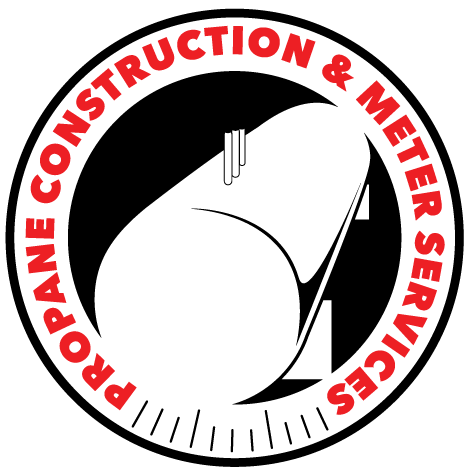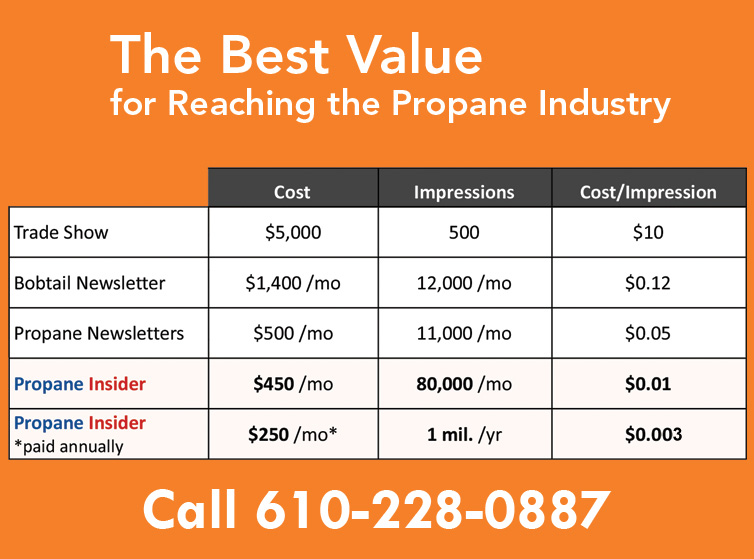Succession Planning: Ensuring Seamless Transitions

Succession planning is a cornerstone of organizational strategy, even within the propane industry, where specialized expertise reigns supreme. It involves proactively identifying and developing talent to fill key roles seamlessly during transitions due to retirements, departures, or unforeseen events. From large corporations to smaller enterprises, succession planning is essential for maintaining operational continuity and minimizing disruptions.
The fundamental goal is to establish a robust talent pipeline, ensuring organizational continuity even amidst personnel changes. This proactive approach enables companies to identify potential successors, assess skill gaps, and implement targeted development initiatives, thereby safeguarding against operational disruptions.
Key Components of Succession Planning
1. Talent Pipeline: Establishing a robust talent pipeline ensures smooth transitions and minimizes disruptions during personnel changes.
2. Collaboration: HR departments, in tandem with top leadership and stakeholders, drive succession planning efforts to align with organizational goals.
3. Wider Scope: Succession planning extends beyond executive roles to encompass critical positions across the organizational hierarchy.
Benefits for Propane Businesses
1. Industry Expertise: Internal succession planning preserves specialized knowledge crucial for propane industry operations.
2. Talent Continuity: Amid impending retirements, succession planning ensures a steady supply of skilled professionals ready for senior roles.
3. Competitive Edge: Nurturing internal talent reduces reliance on external hires, mitigating challenges in a candidate-driven market.
Implementing Effective Succession Planning
1. Stakeholder Engagement: Garner buy-in from key stakeholders, including executives and board members, for successful succession planning.
2. Talent Identification and Development: Identify high-potential employees and implement tailored development plans to groom them for leadership roles.
3. Learning Initiatives: Offer robust learning programs, including mentorship and job rotations, to nurture talent.
Best Practices
1. Proactivity: Anticipate leadership transitions and prepare accordingly to minimize disruption to operations.
2. Communication and Transparency: Clearly communicate the roles included in the succession plan and engage stakeholders throughout the process.
3. Merit-based Selection: Prioritize candidates based on their potential and suitability for the role, rather than solely considering rank or tenure.
4. Continuous Feedback and Development: Provide ongoing feedback and support to facilitate the growth of potential successors.
5. Trial Runs: Offer opportunities for successors to gain practical experience through temporary role assumption.
By adopting these strategies and best practices, propane industry leaders can navigate succession planning effectively, ensuring organizational resilience and stability.
















